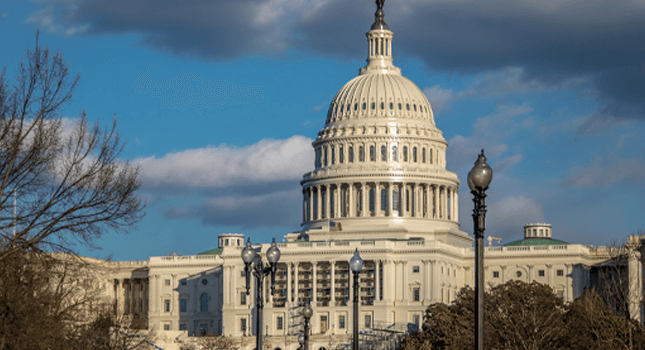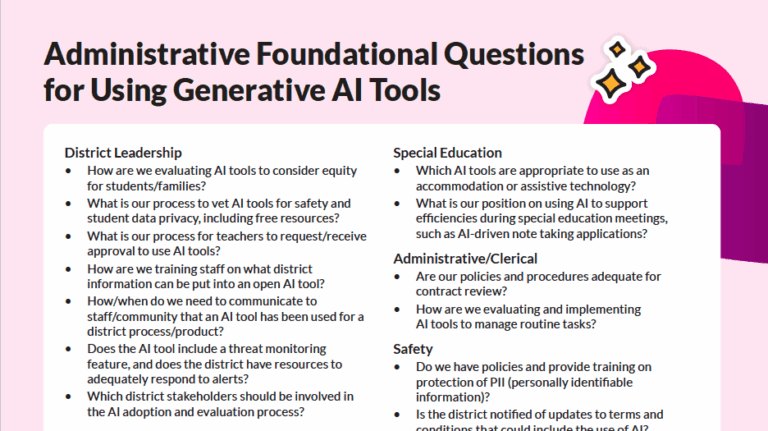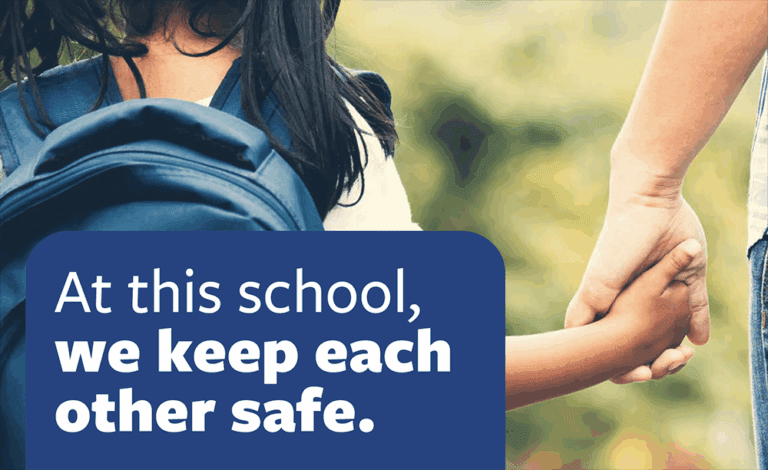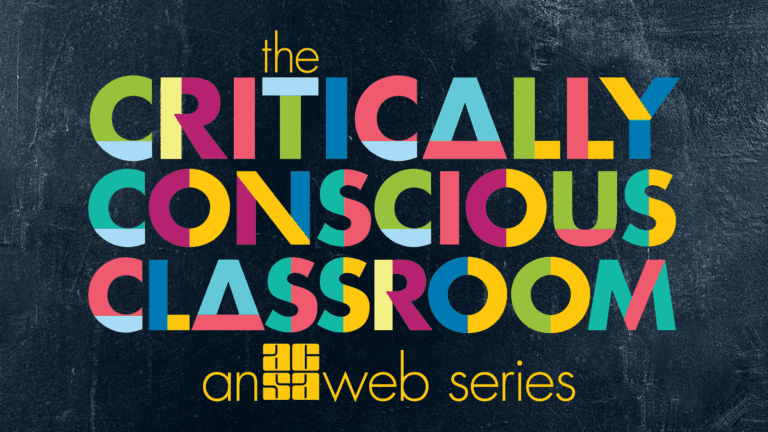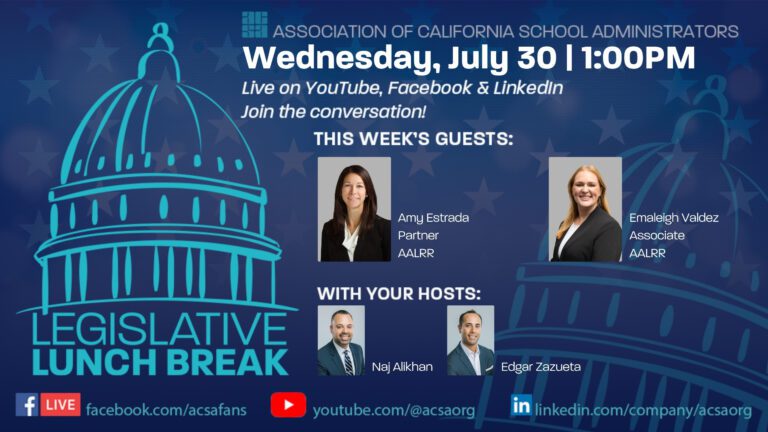School administrators should recognize that students involved in bullying are at risk for suicide. Schools must take any reporting of bullying very seriously, document their actions and provide consequences for the bully and support for the victim.
By Scott Poland
Hypothetical case: The suicide of a seventh grade boy sent shock waves through the middle school, but after a few months, it seemed almost all students and staff had moved on with their lives. The principal had heard that parents blamed the school, but had no idea the school was going to be sued. The lawsuit filed specifically named the principal, a coach and a teacher, whom the parents believed had failed to stop the bullying of their son at school. The parents claimed they had told the school of their concerns about their son being victimized and that nothing was done. They believed the bullying was a proximal cause of his death.
Schools have faced legal cases in the aftermath of tragedies like this one. Suicide is now the second leading cause of death for adolescents in the United States, according to the American Academy of Pediatrics (aap.org). The suicide rate for middle school age girls has increased dramatically. There has been emphasis in recent years on understanding the relationship between bullying and suicide. Media reports after the suicide of a young person have often implied, or actually stated, in headlines that the death by suicide was the result of being bullied.
Another example we have recently seen in mainstream media is a very popular Netflix show, “13 Reasons Why,” that carries many unsafe messages. Numerous schools across the country wisely warned parents of the content of the program. The show is based on a book by Jay Asher, focusing on a fictional 17-year-old girl named Hannah. A victim of bullying and rape, she dies by suicide and leaves behind a series of 13 tapes blaming others for her death.
Very unfortunately, the show depicts suicide as a likely outcome of bullying and as a way of getting back at others. Suicide is never about revenge, as the suicidal individual is not thinking about others but instead is wanting to end unendurable pain. The show blurs the lines between life and death, as Hannah died by suicide but appears in every episode, watching the reactions of others to her death.
The graphic scenes of Hannah’s suicide violated all known media guidelines, and research found certain types of news coverage can actually increase the likelihood of suicide. I recently presented in Tampa, Fla. and was told by an employee of the local psychiatric hospital that nine teens were admitted almost immediately after the episode aired that showed the suicide of Hannah, and several of the teenage girls attempted in the manner depicted on the show.
Another detrimental aspect of the show is the depiction of teenagers leading secret lives of which adults are unaware and do not appear to care. Countless times, adults in the show are portrayed as apathetic to their children’s lives, not portrayed at all, or when attempting to be helpful, they are shut out at every opportunity. Every character portrayed in the show refuses to acknowledge the support system that could have existed had they opened up to their parents about what was occurring in their lives.
Rather than encouraging kids to turn to parents and adults in difficult times, this show portrays students keeping silent because they feel adults simply would not understand. The show also did a great disservice to school counselors. The counselor depicted in the show is not responsive to Hannah’s obvious signs of depression, does not notify her parents that she was raped and advised her she would just need to move on. A webinar sharing my many concerns about “13 Reasons Why” can be accessed here: https://goo.gl/R3QLRX.
National figures from the U.S. Department of Education (www.stopbullying.gov) indicate that 25 percent of students are bullied with some regularity. Thankfully, the vast majority of students involved in bullying do not attempt nor die by suicide. Bullying is associated with other suicide risk factors, such as depression and isolation. It may be oversimplifying to say bullying caused a suicide.
What do schools need to know and do?
First, it’s important to know that youth suicide is primarily the result of untreated or undertreated mental illness, as well as the result of experiencing adverse childhood experiences. These adverse experiences include living in poverty, neglect, physical abuse, and emotional abuse, sexual abuse, living with a mentally ill or a substance abusing family member.
Every state has passed legislation requiring schools to have anti-bullying policies and procedures. Approximately half of all states have also addressed the issue of cyberbullying. Until more recently, schools had not been as active in developing policies and procedures for suicide prevention. The Jason Foundation has led the way in addressing suicide prevention training in schools, as the Jason Flatt Act has now passed in 19 states. Information about the Jason Foundation is available at www.jasonfoundation.com along with a training video on bullying and suicide.
One state example of legislation is California. The state recently passed Assembly Bill 2246, requiring all schools serving grades 7-12 to have suicide prevention training for teachers in place for the 2017-18 school year. The bill identified high risk groups for suicide, and although bullying victims were not specifically listed in the California legislation, they were specified in the legislation for several other states.
School administrators should recognize that students involved in bullying are at risk for suicide. School personnel should not hesitate to ask these students about thoughts of hopelessness and suicide.
The Suicide Prevention Resource Center published a brief, available at www.sprc.org, on suicide and bullying that reviewed more than 40 research studies. The brief states that there is a strong association between bullying and suicide; however, no causal relationships were found in the research, as it is extremely difficult to rule out all of the factors just noted with regard to mental illness and adverse childhood experiences. The strongest association between bullying and suicide is found for what is termed a victim/perpetrator. This is where a young person is the victim of bullying in one situation and the perpetrator of bullying in other situations.
A number of school districts have been sued as parents claimed the bullying their child received at school was a proximal cause to the suicide of their child. I have followed all of these cases closely and have been involved in many of them. Schools must take any reporting of bullying very seriously, document their actions and provide consequences for the bully and support for the victim.
Parents in these lawsuits did not produced significant documentation of their notification to schools where their child was being bullied. Issues in these lawsuits have focused on “in loco parentis” (acting in place of parents) and whether or not a special relationship exists between schools and students. Another key term is “deliberate indifference.” I asked one attorney for a plaintiff the meaning of the term, and his response was that you have to prove “they just did not give a darn.”
No school district to date has been found liable in court for a student suicide related to the school’s failure to intervene to stop bullying. One case, Myers v. Blue Springs, Missouri schools, was settled out of court. The Lance v. Lewisville, Texas ISD case was decided by the U.S. Fifth Circuit Court in favor of the school district. The Patton v. Bickford and Floyd County schools case was decided by the Kentucky Supreme Court in favor of the district.
These cases call into question the training provided to faculty and staff on bullying and suicide prevention, the policies developed and implemented and documentation by schools. While schools should not have to pay millions of dollars to grieving parents, in a few instances, schools could have been better prepared, and a tragedy might have been averted.
It is important for schools across the nation to take proactive steps to increase knowledge and implement bullying and suicide prevention programs. Every school district is encouraged to form task forces that include students and parental input. The task force will be the most effective when it links with community and regional resources.
The following are recommendations that educators can implement to enhance their prevention efforts:
Bullying prevention
- Implement a school-wide program, where all staff cooperates toward the common goal of reducing bullying.
- Survey students to determine the extent and nature of the problem and to solicit student recommendations to reduce bullying.
- Recognize that lesbian, gay, bisexual and transgender youth are often the target of bullying, and increase support for those students. Excellent resources are available from the Gay Lesbian Straight Education Network at www.glsen.org.
- Implement programs designed to reach bystanders to gain a commitment from them to take action to stop the bullying, instead of standing by and allowing bullying to take place. Bystanders need to be trained to provide emotional support for the victim.
- Involve parents and provide training, especially on reducing cyberbullying and taking charge of their child’ technology and teaching digital citizenship.
- Teach staff to recognize bullying and to take immediate action to stop bullying when it occurs. Ensure that staff members do not try to make the bully and victim work it out. Ideally bully and victim should be separated and the bully given consequences and the victim given support.
- Staff needs to let the bully know that they and other staff will be watching and consequences will increase if severity in the bullying continues.
- The victim needs to know the importance of letting staff know if bullying continues
- Increase staff supervision in areas where bullying occurs the most.
For more in-depth instructions, review evidence-based bullying prevention programs listed on the U.S. Department of Education website at www.stopbullying.gov.
Suicide prevention
- Provide annual training for all school staff on the warning signs of suicide and how to get help and increase support for suicidal students. Programs like SafeSchools allow parents, teachers and students to anonymously report incidents anytime through an online tracking and resolution system.
- Review the suicide prevention requirements for schools in your state and document that your school has met the requirements.
- Ensure that your school has a comprehensive suicide prevention policy that specifies annual training for all staff on the warning signs of suicide and the importance of working as a team and not keeping a secret about suicidal behavior. The plan should also provide training on suicide assessment for key school support personnel, including nurses, counselors, social workers and school psychologists. Policies should be developed to ensure that suicidal students are properly supervised and their parents are notified if child is suicidal. Parents need to sign a form provided by the school that documents notification of their child’s suicidal behavior. Schools also need to be familiar with community resources and any specific interventions available in their state for involuntary hospitalization.
- Provide mental health presentations for parents that include suicide prevention information.
- Provide information on the district website about the warning signs of depression and suicide that includes information about who to contact if they are concerned about suicidal behavior.
- Provide local, state and national crisis hotline numbers and text lines that can be accessed by either parents or students on the district website.
- Create a suicide prevention task force that involves both school staff and community resources and agencies.
- Implement the secondary depression screening program Signs of Suicide (SOS) which is listed by SAMHSA on the National Registry of Effective Prevention Programs (NREPP). For more information about SOS visit www.mentalhelathscreening.org
- Designate a suicide prevention expert at your school and get them credentialed in school suicide prevention from the American Association of Suicidology, www.suicidology.org
- Recognize that lesbian, gay, bisexual and transgender youth attempt and die by suicide approximately four times more often than their heterosexual peers and the greatest protective factor for these students is parental acceptance. Excellent resources are available from the Gay Lesbian Straight Education Network at www.glsen.org
There is a need to develop suicide prevention programs for upper elementary students as they are increasingly making suicidal statements and attempting suicide. One promising program for fifth graders is Riding the Waves.
It gives me great pleasure to now see a national focus on bullying prevention in schools, particularly with the motto “stop bullying now.” I have for many years advocated for suicide prevention program in schools and hope that our schools’ leaders will make suicide prevention as much of a priority as bullying prevention.
Dr. Scott Poland is co-director of the Suicide and Violence Prevention Office at Nova Southeastern University in Fort Lauderdale. He has been writing and presenting on suicide and bullying in schools for more than 30 years and has served as an expert witness in many school lawsuits. He is the co-author of the suicide plans for the states of Texas and Montana schools. Dr. Poland is also a course author and expert with Vector Solutions, a leading eLearning provider of K-12 educational training programs. He may be contacted at .




